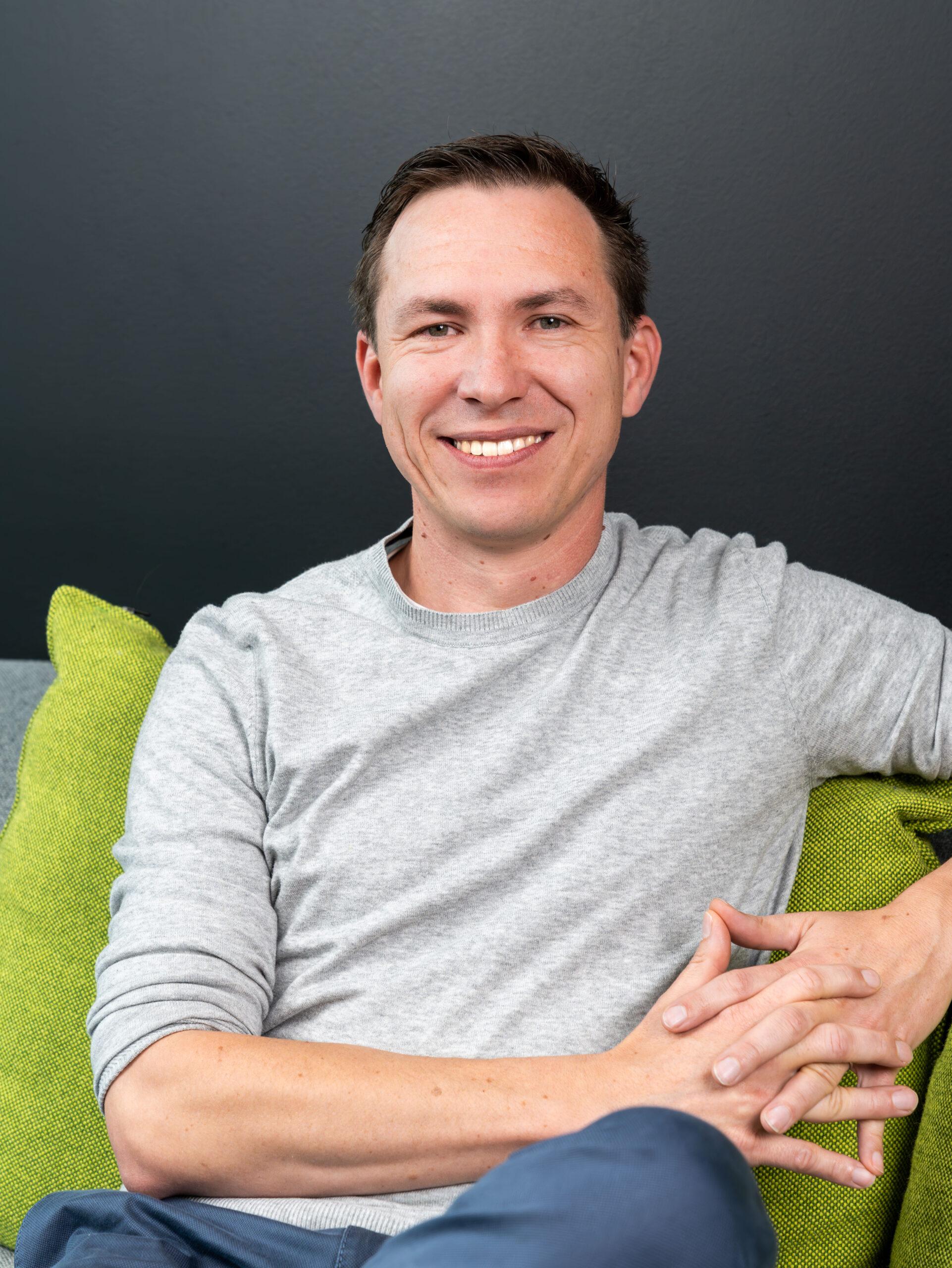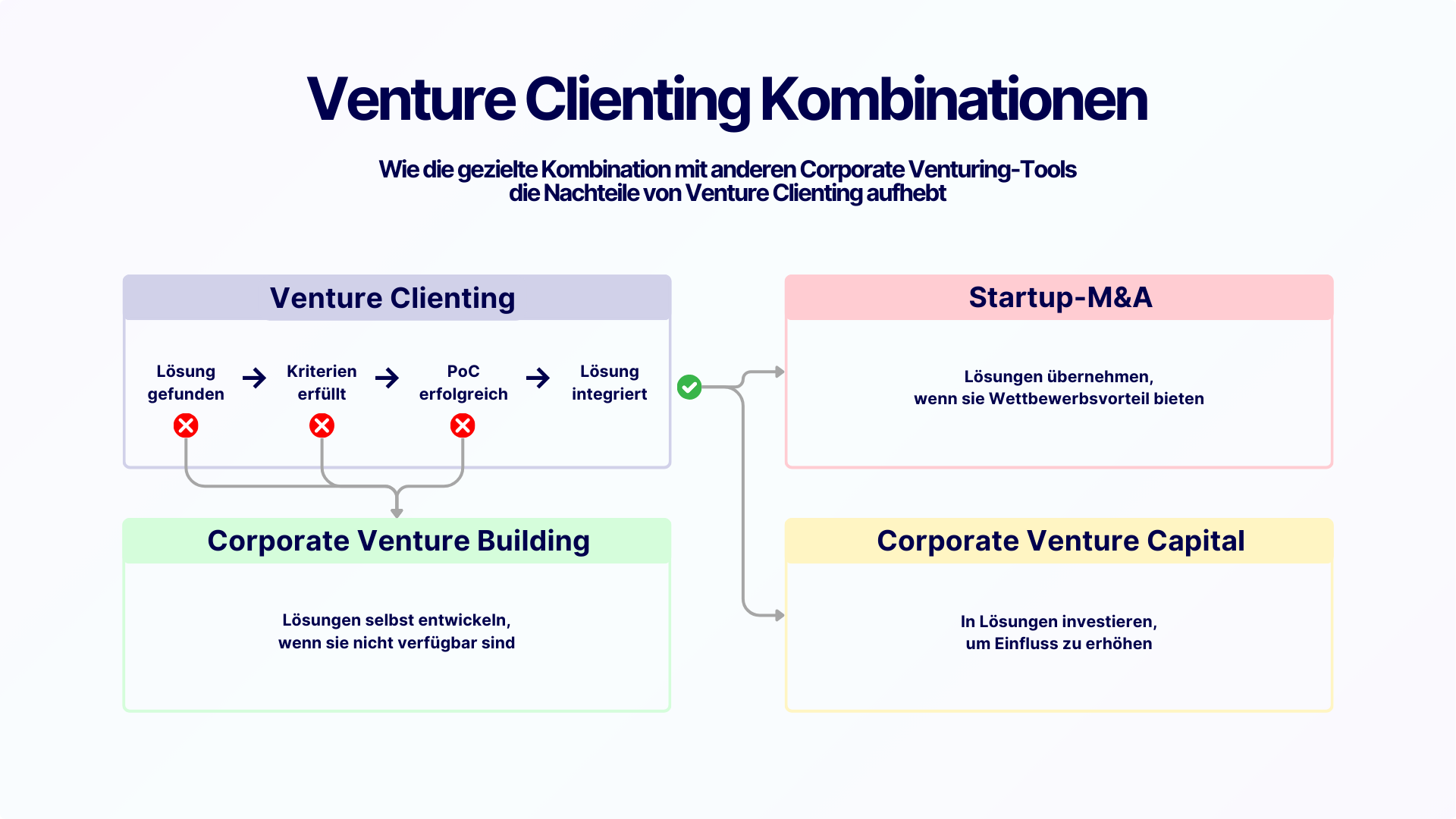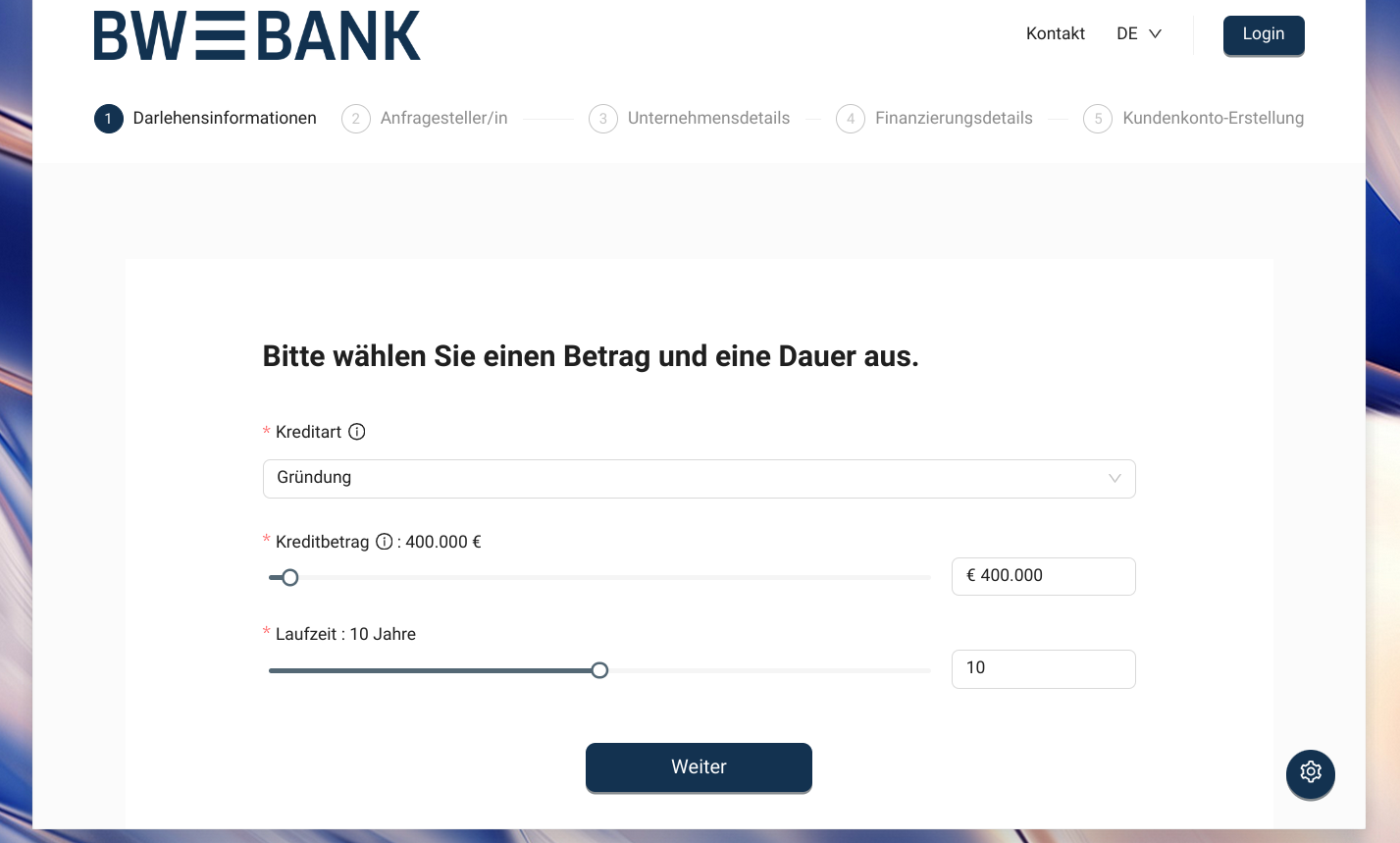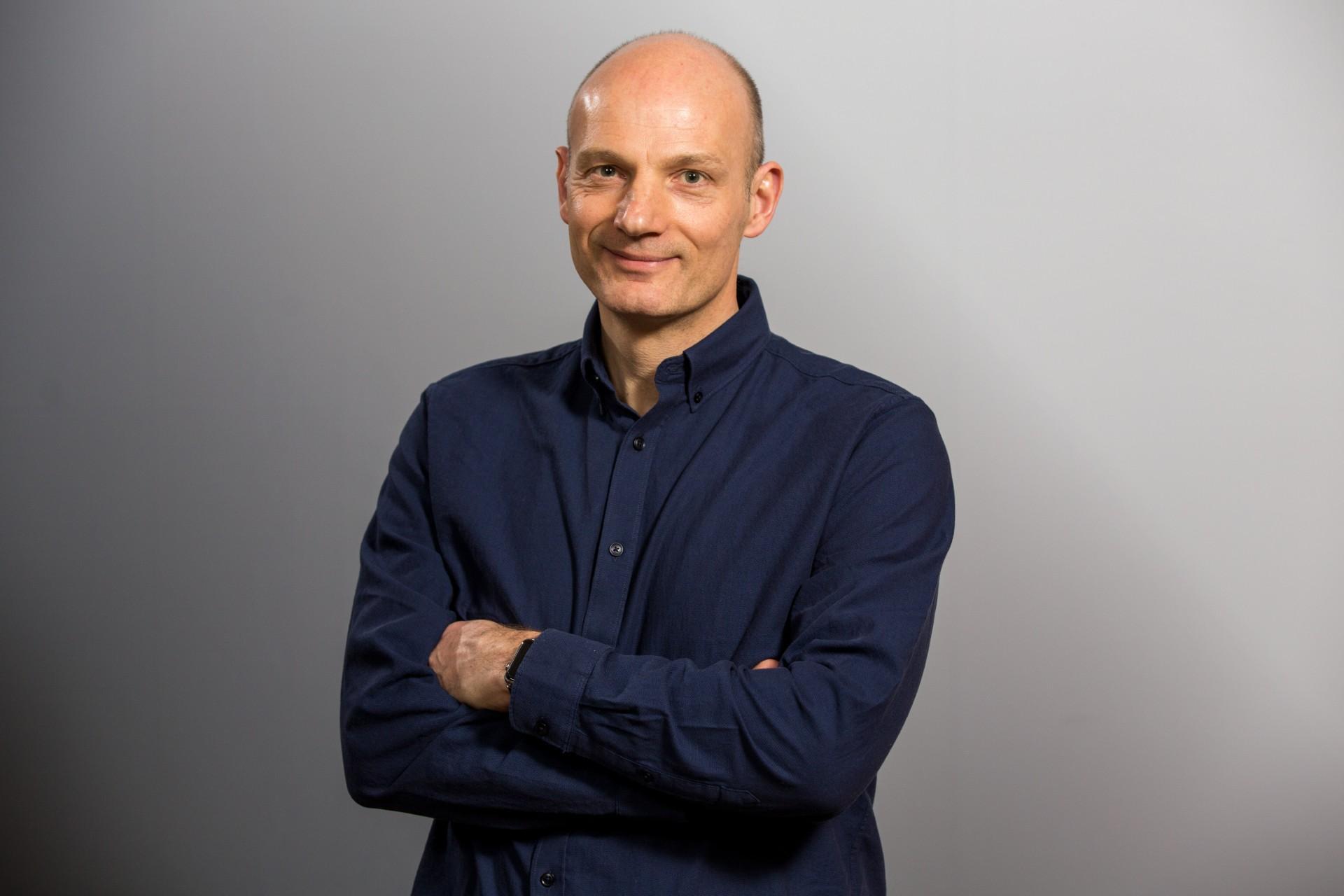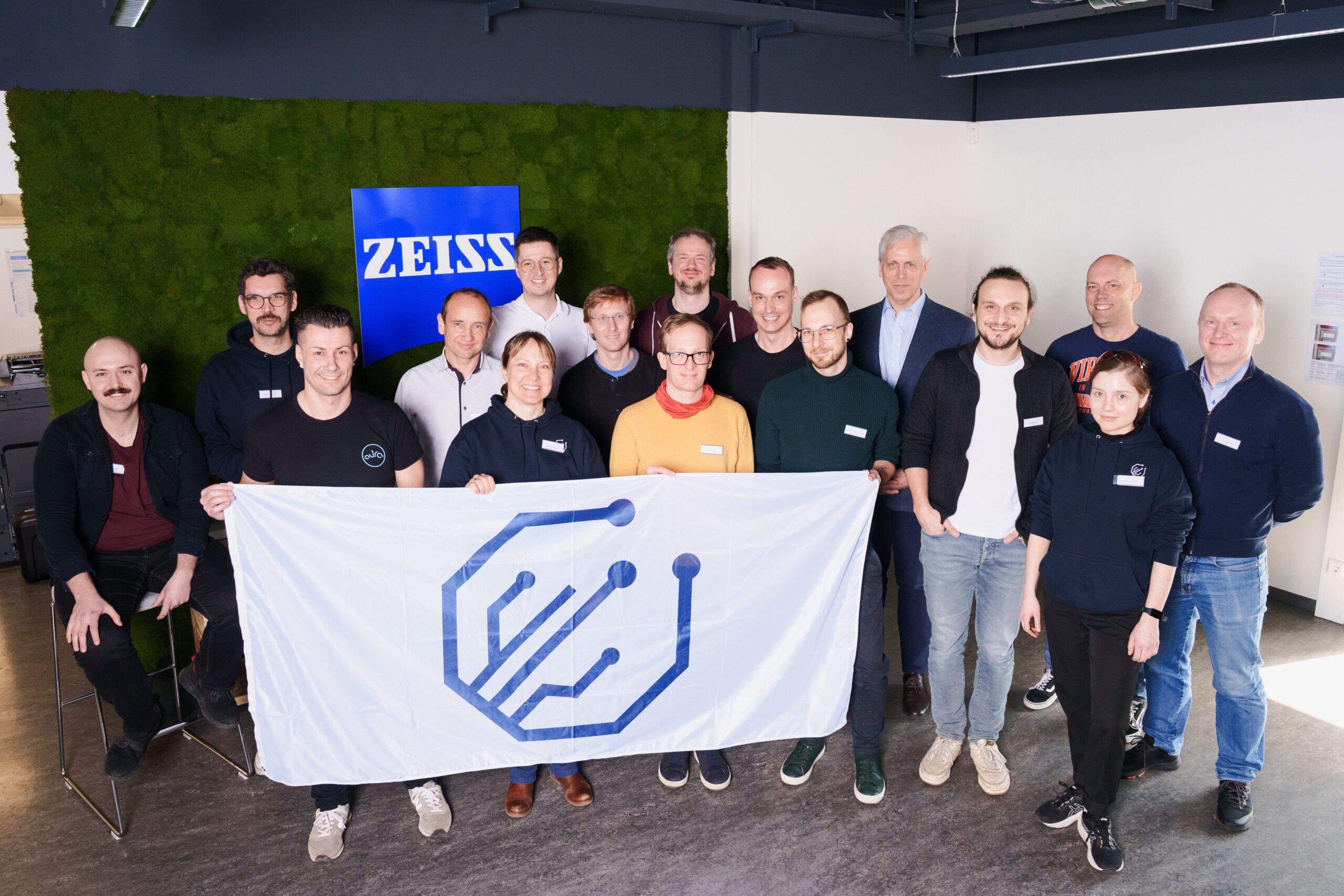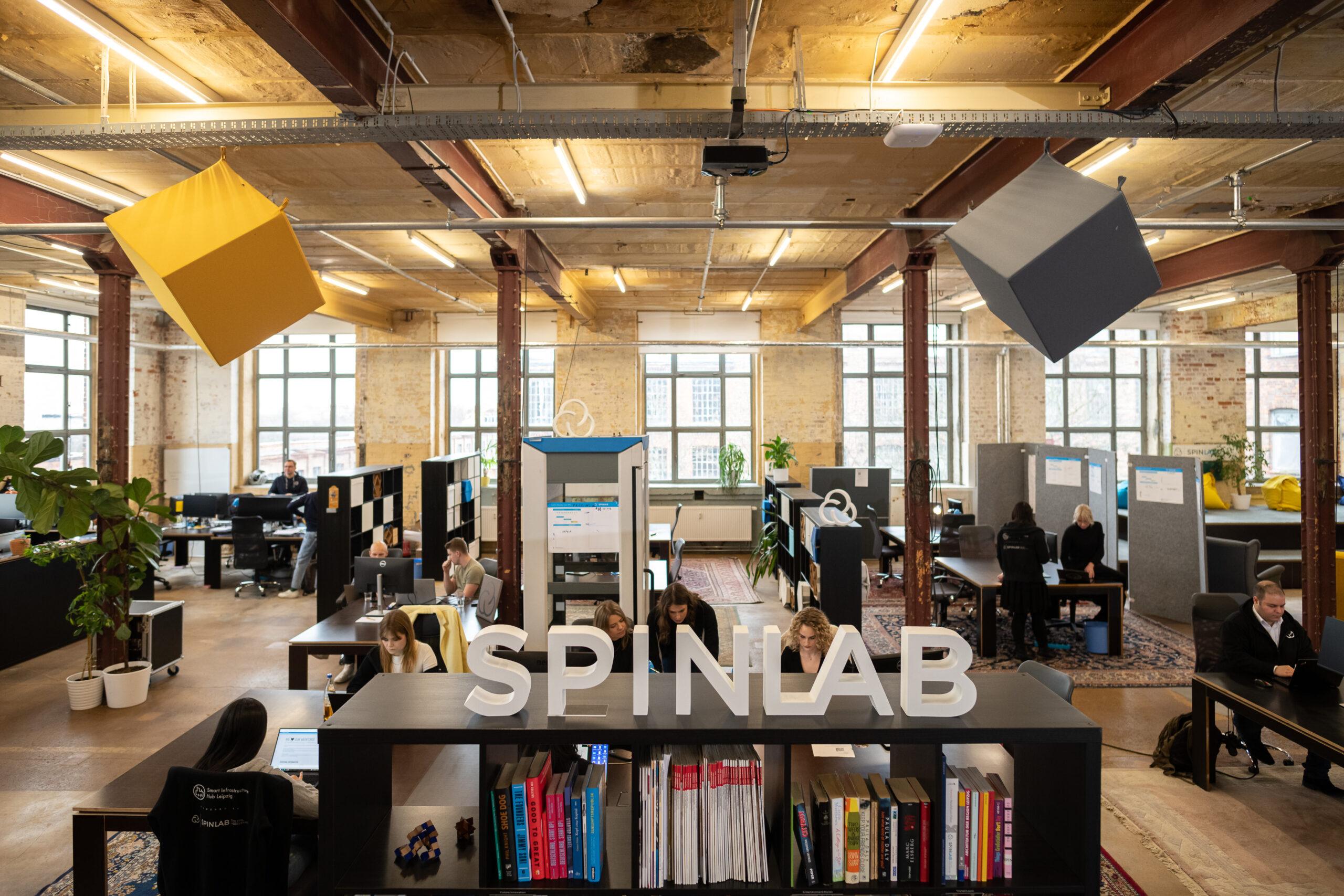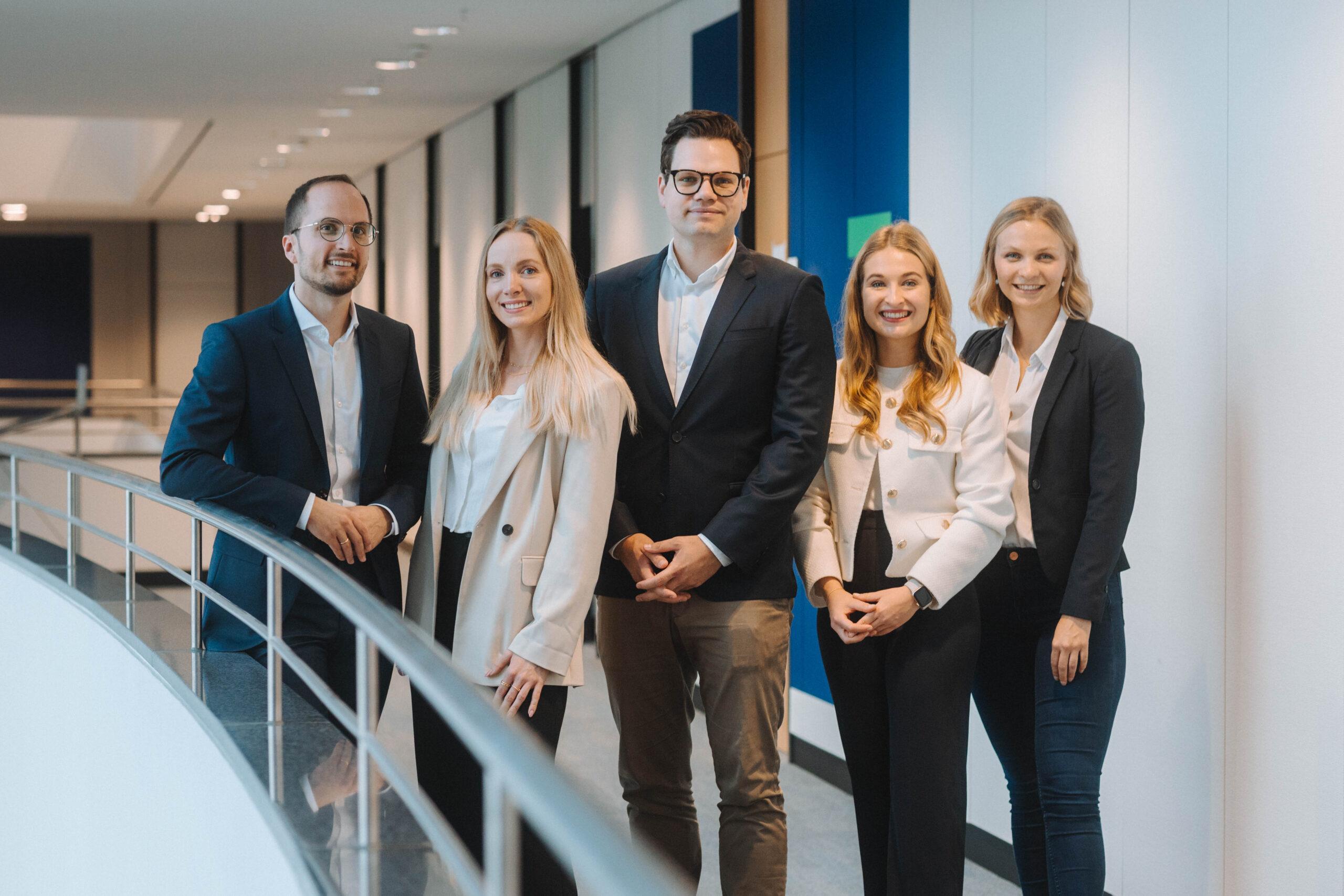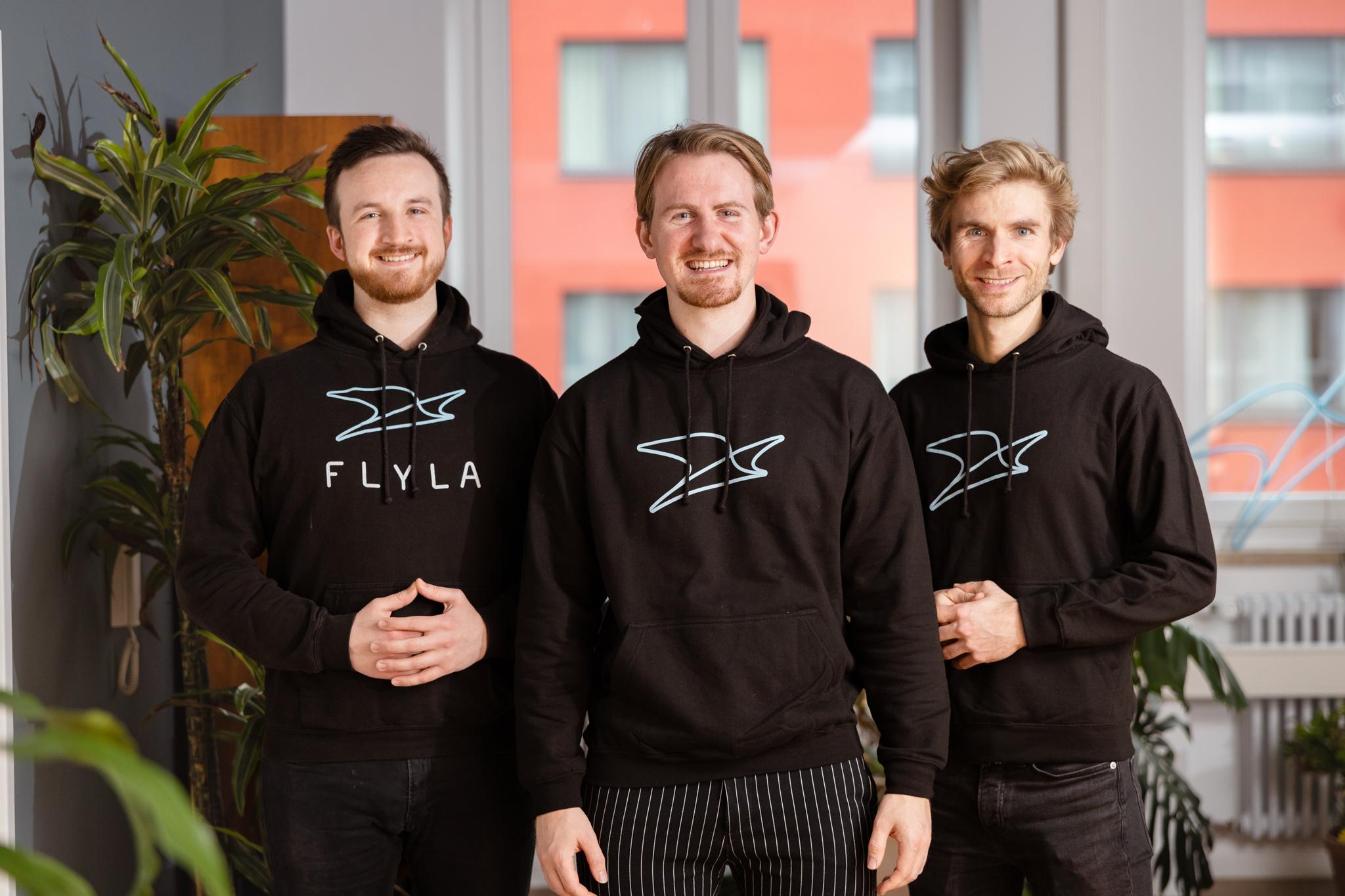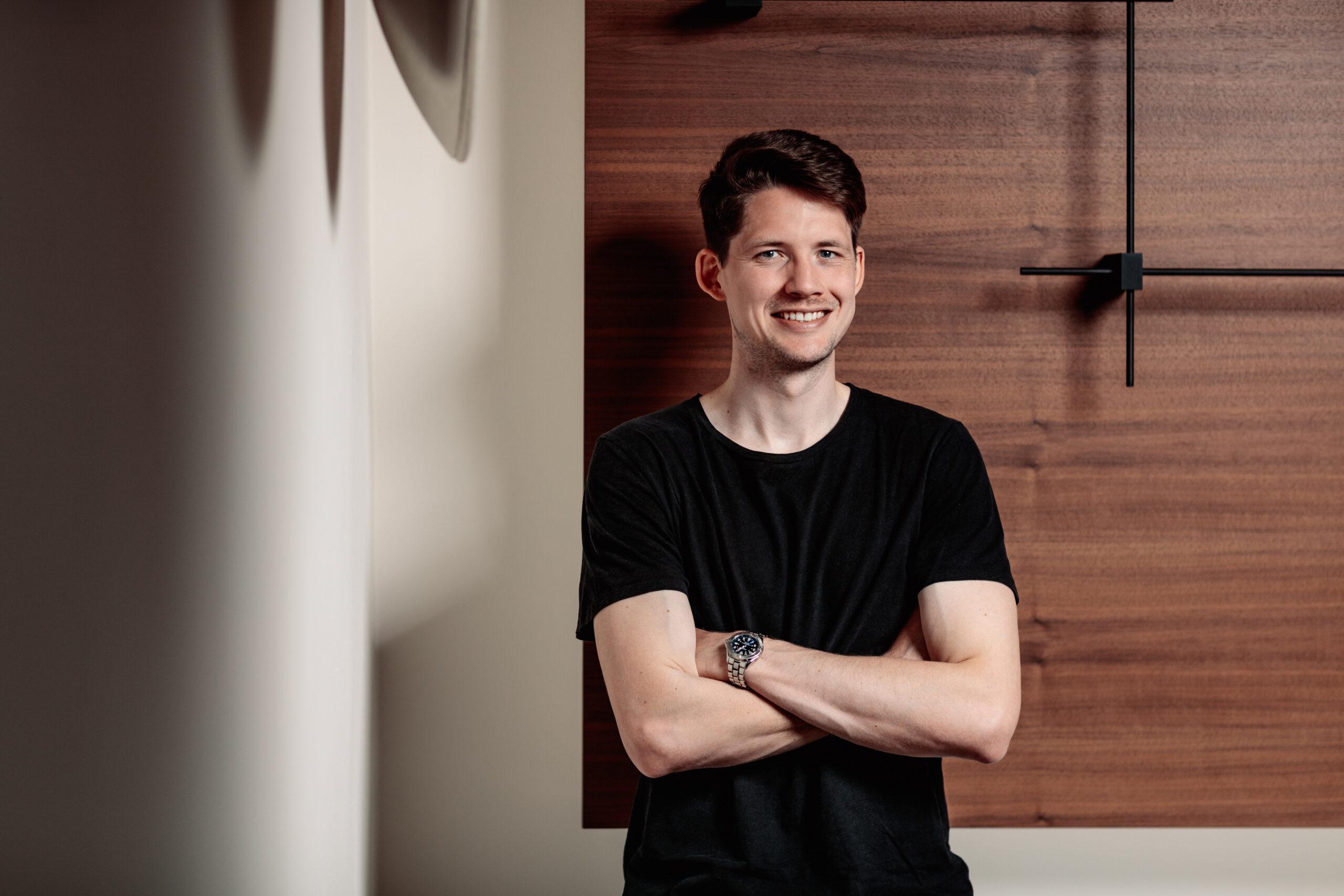The Venture Clienting Visionary: Interview with Gregor Gimmy
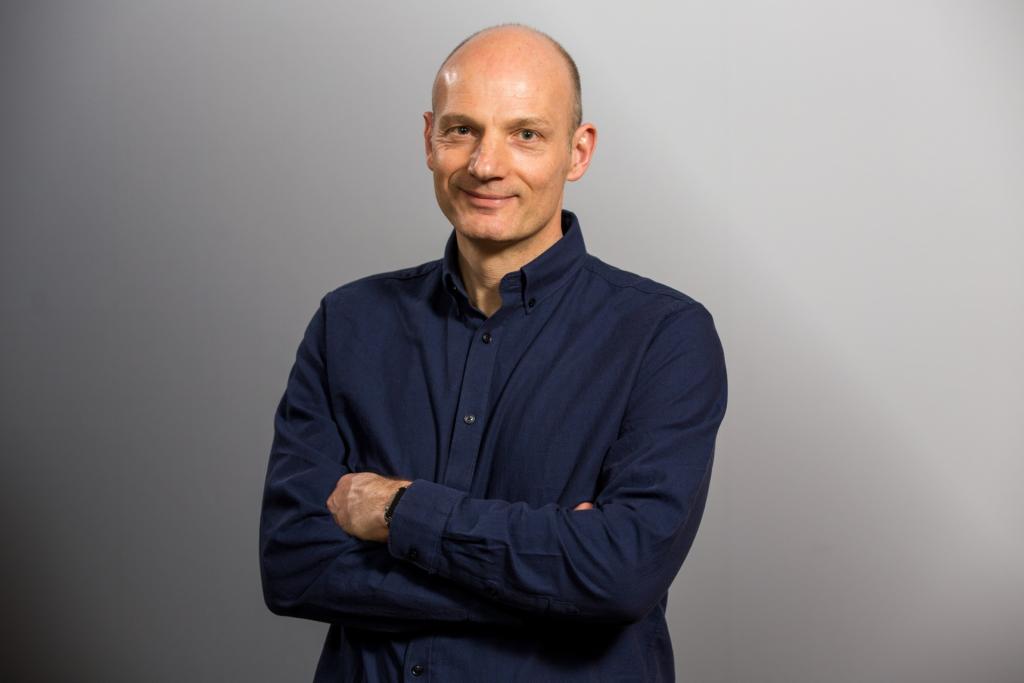
Gregor Gimmy, founder of 27pilots, is considered a pioneer of venture clienting. In an interview with LBBW, he talks about the beginnings and the potential of venture clienting in the financial sector.
The success of companies today depends more than ever on technology. This is why more and more companies are turning to venture clienting to quickly and efficiently integrate innovative technological solutions from start-ups into their operations. Gregor Gimmy, founder and CEO of 27pilots, is considered a pioneer of venture clienting. In 2014, Gimmy coined the term "venture client" as a manager at BMW and developed a special venture client model for the company. Part of this model was the establishment of a separate unit: the BMW Startup Garage, the world's first corporate venture client unit. Based on the success of his venture client model at BMW, he founded 27pilots in 2018. The mission: to support companies worldwide with a broad range of services for strategic cooperation with start-ups. We have also set up a dedicated Venture Clienting unit at LBBW, which integrates startup solutions into the bank in a structured way and with measurable business benefits. We spoke to Gregor Gimmy about the advantages of strategic venture clienting and discussed how venture clienting can develop its potential in the financial sector.
Your experiences in Silicon Valley and at BMW played a major role in the development of the venture client model. Was there a key moment that inspired you to develop this new strategic model?
Yes, there were several key moments. One of them was the realization of the "startup gap". When I joined innovation management at BMW in 2012, I realized that BMW could strategically benefit much more from startup technologies than was the case at the time. At that time, BMW was investing in about a handful of startup solutions every year to transfer their technologies - but this was not always successful. My first thought was to scale this approach and invest in 30, 50 or even 100 startups per year.
The second key moment came when my colleagues from investment management explained to me that investing in so many start-ups was logistically and financially impossible, regardless of whether it involved small or large shares. The effort and risk would simply be too high. So I thought about whether a BMW Accelerator like Y Combinator could be the solution. Y Combinator is the most successful startup accelerator in the world and invests in over 150 startups every year. But then I asked myself: would this really help me achieve my goals?
This question led to the third key moment, a realization I gained during my time in Silicon Valley as the founder of a software startup. I knew that startups and their VCs often show little enthusiasm when corporates want to come in as minority investors - and corporate accelerators had an even worse reputation. I asked myself: As a founder, would I prefer a BMW accelerator to a Y Combinator? No, definitely not. So a corporate accelerator wasn't the solution either. What I needed was a model that would be more attractive to startups than the best independent VC or accelerator.
What is the most important thing for every startup - even more important than investors and capital? Customers and sales!
What is the most important thing for every startup - even more important than investors and capital? Customers and turnover! In Silicon Valley, turnover is the ultimate KPI, especially in the early stages. Customers and sales make it easier to convince the best VCs, and you get more capital for less equity. Every euro of turnover increases the value of an early-stage tech start-up by around 30 to 50 euros. That's when I realized that instead of becoming a top venture investor, we should be a good "venture client".
Then came the decisive key moment: BMW had been a "venture client" of start-ups long before my time - just like many other corporations. So it wasn't the type of business relationship with a startup that was new, but the term. However, BMW was not particularly effective at venture clienting. It sometimes took over two years to sign a contract with a startup, and even then it was often only a handful - and rarely the best ones. That's when I realized that a specific model was needed to make venture clienting efficient and successful - with special methods, processes and strategies. So I developed the Venture Client Model. A central element of the model was the creation of a dedicated unit with its own name and a strong brand. This is how the BMW Startup Garage was created in 2015.
The need for a strategic approach to the topic of innovation by start-ups was also the decisive reason for us at LBBW to introduce Venture Clienting. The aim is clearly to create a win-win situation. We benefit from innovative and scalable technological solutions, while start-ups gain a relevant customer. What do you think is crucial for this calculation to work out?
The primary prerequisite for a win-win situation - and this is often overlooked - is the insight of the company management that startups have strategic relevance for competitiveness. As soon as this basic prerequisite is fulfilled, the calculation works out - provided the company has a good venture client model and implements it correctly. Otherwise, strategically relevant problems remain unrecognized and it is not possible to find and inspire the best start-ups. The technology is then not used in a targeted manner and the startup does not benefit either: the potential turnover from a roll-out does not materialize, the startup learns little from customers and may even run into legal difficulties. A takeover, which venture clients often strive for, also fails to materialize if the company wants to become an exclusive customer.
I would like to emphasize that not every venture client model is automatically good. Many companies use the term, but they are often unsuitable models that are, for example, just a renamed accelerator program without any significant change to the process or resources.
A concrete example of a successful win-win situation is a factory automation case from BMW. The BMW production department had set itself the goal of producing cars that could drive off the production line autonomously, which would save BMW over 100 million euros per year. However, some key technologies were missing. With the help of the BMW Startup Garage, BMW's venture client unit, BMW was able to identify and successfully validate two startups and integrate their technologies. These technologies are now being rolled out.
For us as a young Venture Clienting Unit, the continuous evaluation and adaptation of the venture client model should not be underestimated. The market environment is changing constantly and ever faster. Flexibility and responsiveness are decisive factors here. LBBW is a pioneer here in some respects, as the venture client model is not yet well established in the German financial sector. How do you assess the potential of venture clienting for the financial world, what success factors are decisive?
The venture client model that has achieved great success to date is the "BMW/27pilots" model, which I originally developed and introduced at BMW in 2014. With 27pilots, I have continuously refined it since 2018 and successfully established it in over ten industries, from aerospace to retail and construction. It is now taught at universities such as WHU and INSEAD and has also been adopted by various competitors of 27pilots. This is important to emphasize, because you can't just say that the venture client model works! Because there are good and bad models. In recent years, I have come across numerous corporate venture clients whose "model" was ineffective or did not deliver the same results as the BMW/27pilots model. Often, traditional corporate accelerator or collaboration programs were simply renamed "Venture Client Unit" or a bad venture client model was simply implemented.
A good venture client model works in any company and any industry - whenever there are strategic technology gaps that startups can fill better than established companies or internal resources. The reason why I was able to develop the original venture client model in the automotive sector first is that the strategic importance of start-ups for this sector has been clear since the 1990s. BMW, for example, opened a tech office in Silicon Valley as early as 1997. Technology has always been a critical competitive factor for automotive groups. They have always had R&D departments and development boards, and technology plays a central role in production and logistics in addition to product innovation.
Historically, the strategic importance of technology in banking and insurance has been lower than in other industries. While leading car manufacturers such as Volkswagen invested around 8.1% of their turnover in research and development in 2022, the proportion is significantly lower for banks and insurance companies. This discrepancy shows that financial institutions have traditionally invested less in technological innovation. However, this is currently changing. With increasing digitalization and the emergence of FinTech startups, banks and insurance companies are recognizing the need to invest in technology in order to remain competitive. Access to startups is therefore becoming increasingly relevant as a source of competitive advantage. To effectively capitalize on these opportunities, financial institutions need a reliable venturing vehicle - like a first-class venture client unit with a solid model.
In the second part of the interview with Gregor Gimmy, we talk about his vision for venture clienting, also on an international level, and whether every company will need to have a venture clienting unit in the future.
More about this
Venture Clienting

Newsletter
Startups, stories and stats from the German startup ecosystem straight to your inbox. Subscribe with 2 clicks. Noice.
LinkedIn ConnectFYI: English edition available
Hello my friend, have you been stranded on the German edition of Startbase? At least your browser tells us, that you do not speak German - so maybe you would like to switch to the English edition instead?
FYI: Deutsche Edition verfügbar
Hallo mein Freund, du befindest dich auf der Englischen Edition der Startbase und laut deinem Browser sprichst du eigentlich auch Deutsch. Magst du die Sprache wechseln?




